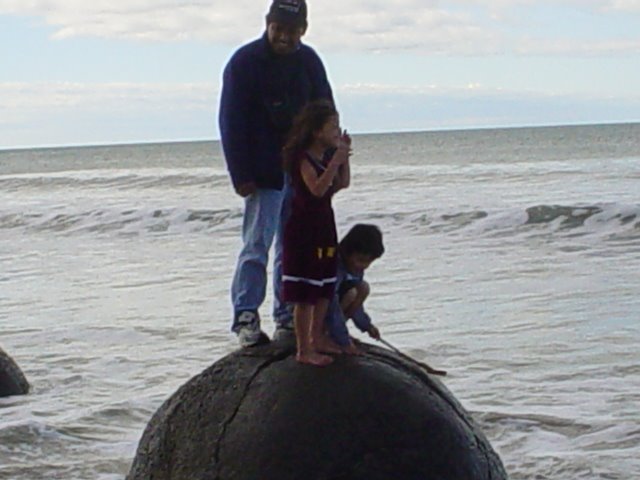Minimum Wage and a Safety Net
Title: Minimum Wage and a Safety Net
Azimah (not her real name) works as a cleaner at a local Telekom branch office, she commutes to work 8 miles from home on an old motorbike given by her brother, 6 days a week. She takes home RM300 a month, and after 15 years working there, she is still a temporary worker, under contract, renewed every month or so. She has 8 children, 5 of them go to school, secondary and primary.
Her husband died 3 months ago, during the first week of Ramadan, of asthma and after a few years of illness. When I met her 6 month ago, her husband was still around to keep an eye on their children while she was at work. She told me how difficult it was back then trying to feed her children and sending them to school. She was active with her local UMNO branch, because only UMNO provides some help in the form of school books and uniforms for her children as well as monetary help.
She complained that in the previous 5 years under the opposition Member of Parliament from PAS, there was no development at the village level, no monetary help like school books and uniforms for poor people like her. Her house is just an old rundown shack, rusted iron roof and walls made of weaved nipah leaves. She should qualify for government housing under PPRT scheme. She enquired with her local UMNO branch and MP about housing grant under PPRT scheme, but as we all know, things takes time and a couple of officials have to mark their signatures first. Signatures are difficult to get, first of all, you will have to explain your predicament, and they have limited time to listen.
Azimah’s story is not uncommon. In a country with no social welfare safety net, the poor and those who are unable to fend for themselves have great difficulty surviving.
I told her that in Western societies, the government has heart and help the poor – in the form of income support, housing and basic necessities like medical treatment if needed. She listened with wide eyed incredulity.
Malaysia is a rich country by Western standard, a net lender to the world, Western countries included. Not many Western countries can boast USD69billion in foreign reserve, and among the lowest income tax rate in the world. Government should do more to redistribute income in the society. Malaysia has a huge foreign reserve, yet the poor in the country are neglected and left to fend for themselves on pittance. For people like Azimah, a 10 month reserve for foreign import has neither meaning nor material benefit at all. She could not afford imported Thai rice, much less ‘beras wangi’. Her staple fare is normally ‘beras Malaysia gred B’ eaten with ikan bilis or ikan masin. Her ayam kampungs are reserved for rainy days, to be sold for cash to buy school clothing and books at the beginning of the year. Don’t ask her where her fridge or furniture, lest you might embarrass yourself, and her. Now that Government policy is to continue pegging ringgit at the current below equilibrium rate, inflation is a major concern and basic food price would continue to increase, soon Azimah won’t be able to afford much.
When I was young, my Uztadz told us a story of how Umar al Khattab, the second Caliph went around at night listening to people’s conversations in their homes. He listened to a widow with young children who cooked stones instead of food. You know the rest of the story, how he carried the sack of wheat on his shoulder et al.
As a country, we should provide ‘safety net’ for people at the bottom level of income – this could be in the form of social welfare payment, not extravagant amount, but just enough for food, housing and basic necessities.
The issue of minimum wage has to be addressed too. Is it fair to let firms make obscene profits while their workers surviving on pittance and not getting fair share? Having workers unions would have helped in bargaining for fair wage rates, but Malaysia has a history of suppressing collective and umbrella unions. In house unions are simply too weak to exert any influence. Employers could simply promote aspiring union organisers to executive positions within the company.
Contrary to the Riccardian argument that setting minimum wage would reduce employment in the short term, the French experience (the French Government sets minimum wage and 30-hour working week) suggests that minimum wage fuels consumption and growth in employment through Laffey effect. Riccardian argument still holds for the long term under fixed exchange rate, but if the ringgit is free floating, this would be negated as the ringgit adjusts to a lower level.
Laffey effect in this case – after a certain level of income, workers trade income for more leisure time. More leisure time for existing workers contributes to growth in employment by letting more unemployed workers enter the labour force, fuelling consumption and growth.
Let us remember, that having a fair equitable society, where everyone can live with dignity benefits all. It is a form of social insurance against political unrest – that is if you all remember Haiti last year and Iran in 1979 or Russia 95 years ago.
http://nooryahaya.blogspot.com









